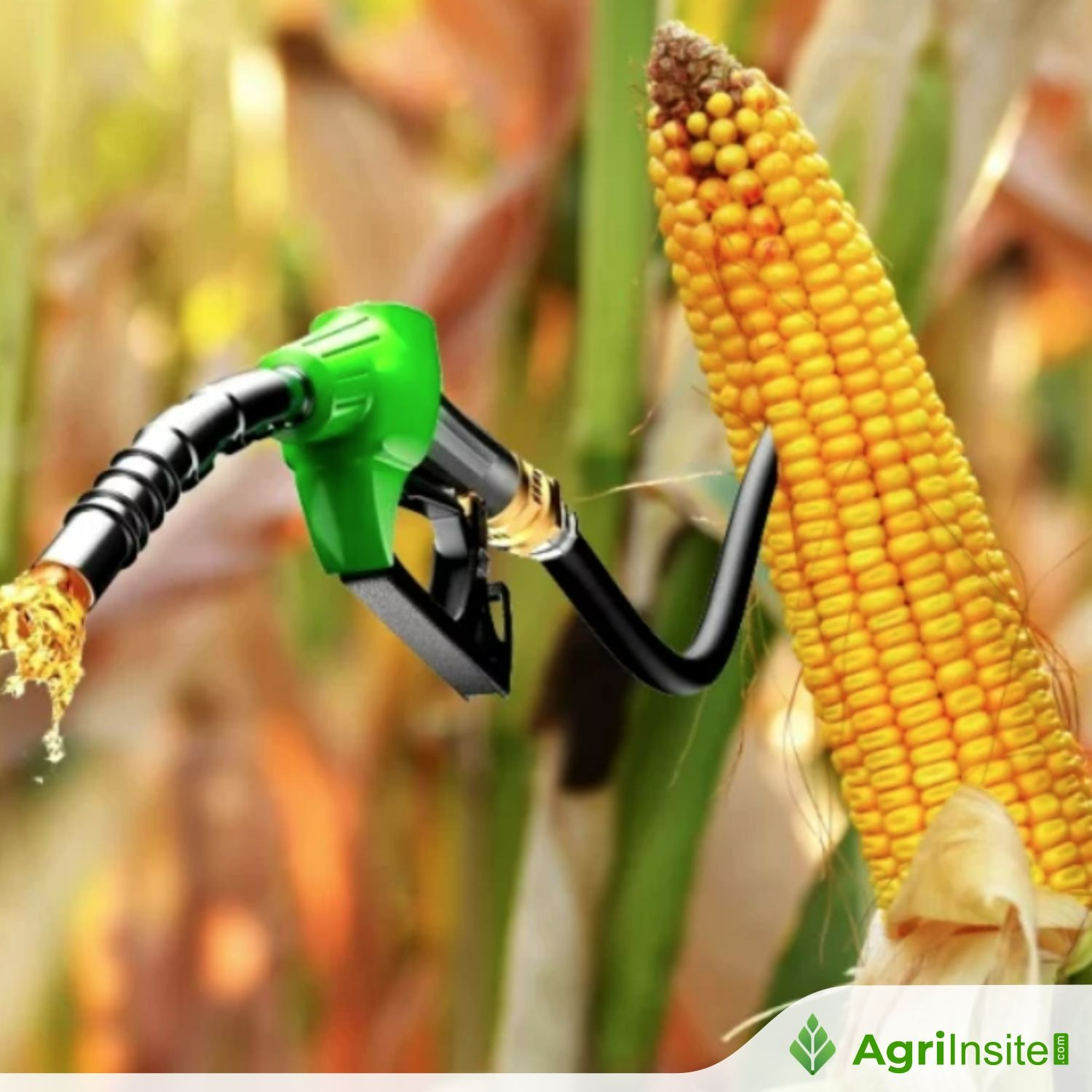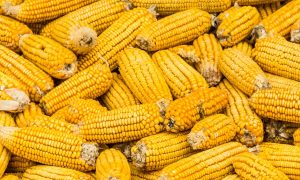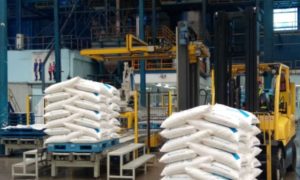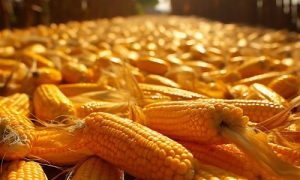‘Use of maize, cassava for ethanol raising feed prices’

The increased use of maize and cassava for ethanol production in Nigeria could raise feed prices across Africa, warns Prof Kola Adebayo. The growing demand for these crops, coupled with production challenges, may lead to supply shortages, driving up costs for feed millers and ultimately impacting animal product prices.
The increased use of maize and cassava for ethanol production may result in higher feed prices across Nigeria and other regions in Africa, a don, Prof Kola Adebayo has said.
Prof Adebayo who is the Deputy Vice-Chancellor (Development) at the Federal University of Agriculture, Abeokuta (FUNAAB), said the situation arises because maize and cassava are essential components of animal feed. A significant allocation of these crops for ethanol, he maintained, could lead to supply shortages, consequently increasing costs.
He said the cassava sector is currently experiencing high demand from both local and industrial markets, particularly from the food processing and ethanol sectors. As demand surpasses supply, he noted that prices will increase, making it more challenging for feed millers to procure necessary ingredients. The escalation in costs, according to him, ultimately affects consumers, leading to higher prices for animal products. At present, the national output of cassava and maize is insufficient to satisfy the rising needs of the feed mill industry. Although these crops are vital for animal feed, particularly for poultry, livestock, and aquaculture, Adebayo stressed the necessity for interventions to tackle the issues contributing to this shortfall in production to meet both consumption and industrial requirements.
He noted that farmers engaged in cassava cultivation in Nigeria face several challenges, including elevated production and transportation costs, as well as a lack of improved cassava varieties. Additionally, the absence of modern storage and processing facilities results in considerable post-harvest losses for both maize and cassava. Consequently, the feed mill industry struggles to obtain high-quality, affordable raw materials consistently.
The average production levels of maize and soybean, both critical for feed production, are forecasted to decline by a total of 13 percent, largely attributed to soaring fertilizer prices and challenging climatic conditions.
According to the AFEX 2024 Wet Season report, maize production is expected to fall by 5.6 percent, resulting in an estimated output of 11 million metric tons. Additionally, the total area of corn fields in Nigeria has decreased to its lowest point in 14 years, as insecurity and high input costs dissuade farmers from cultivating maize.
The USDA Foreign Agricultural Service (FAS) anticipates an eight per cent drop in Nigeria’s corn production for the 2024/25 marketing year, projecting it at 11.0 million metric tons (MMT). However, the USDA also posits that corn production could see a six per cent increase to 11.68 MMT, spurred by higher market prices that encourage more planting.
According to the United States Department of Agriculture, the area of cornfields harvested in the 2024/2025 season is estimated at 5.1 million hectares, the lowest since the 2010/2011 agricultural season.
Recently, Major Energies Marketers Association of Nigeria (MEMAN) suggested conversion of cassava, corn and sugarcane to ethanol fuel to replace petrol. According to them, the alternative solution holds promise for a significant reduction in the money Nigerians spend on fuel.
MEMAN indicated that ethanol has the potential to be utilised as a biofuel, aiding Nigeria in alleviating energy poverty and cutting down emissions. The body highlighted that leveraging Nigeria’s ethanol resources to supplement petrol could result in approximately $7.4 billion in annual savings. In India, reports said researchers are developing new corn varieties with higher ethanol content to boost the growth of grain-based ethanol plants.
The Indian Institute of Maize Research (IIMR) in Ludhiana is working on developing maize varieties that can yield 41-42 per cent ethanol, up from the current 38 per cent. In parallel, the Indian Council of Agricultural Research (ICAR) is considering the mandatory inclusion of ethanol content information on seed packets, which would be a significant step in ensuring farmers are aware of the potential ethanol yields of the crops they plant. The advancements could potentially lead to better pricing for farmers, as they could negotiate higher prices for varieties with higher ethanol content.
To read more about Maize News continue reading Agriinsite.com
















